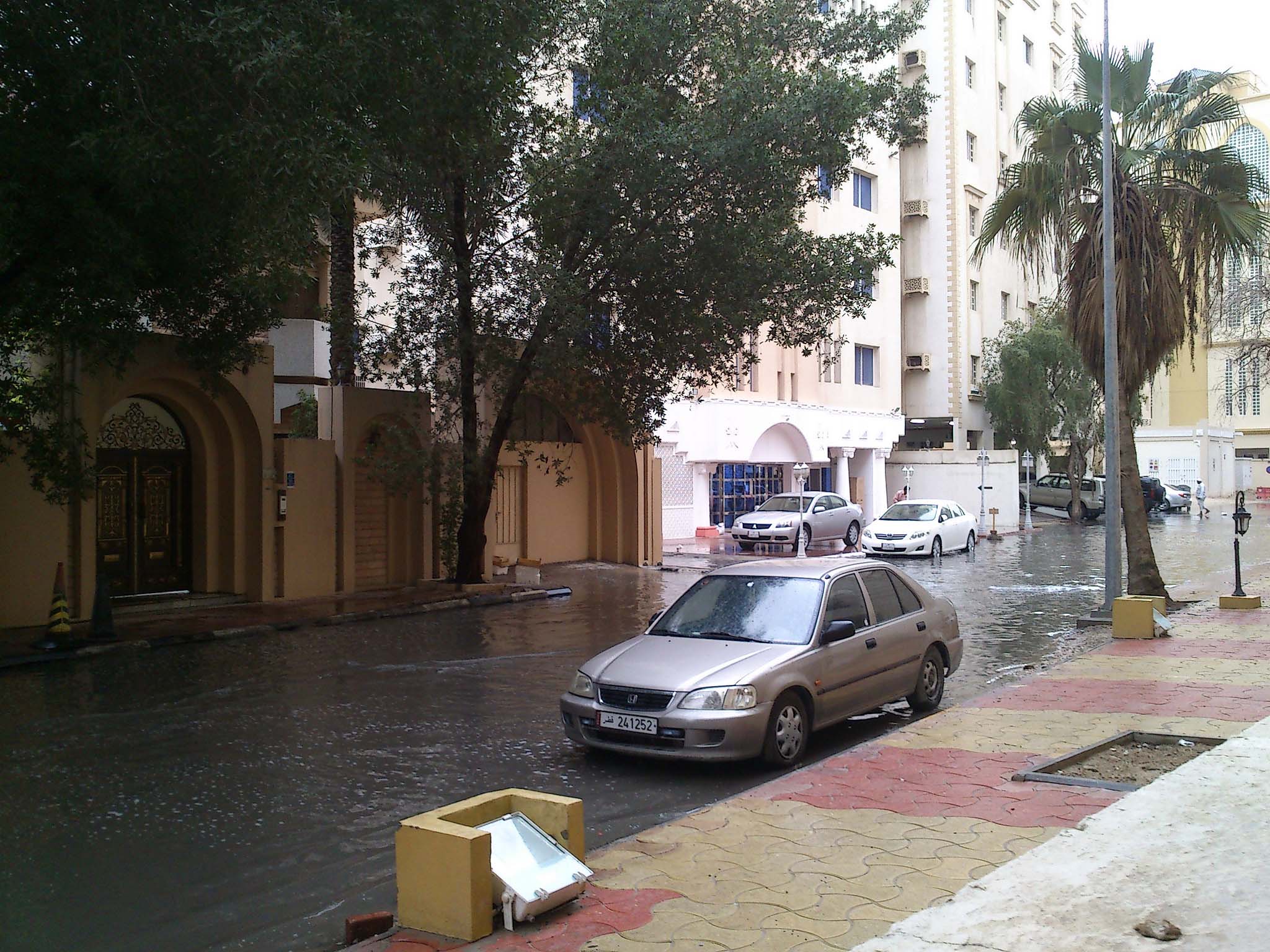
Qatar’s Public Works Authority (Ashghal) has announced plans to revamp the drainage system in Najma, which residents have complained is frequently backed up with sewage.
In a statement, Ashghal acknowledged that the area has been suffering from a problem, in large part due to its growing population:
“The short term goal of the project is to find a permanent solution for the sewerage water overflow and accommodate the increase in population in Najma. The old sewerage network which was built earlier to meet the requirements of a limited number of residents is not sufficient for the current bigger sewerage flows.”
The project is estimated to be completed at the end of 2015, and is expected to include the replacement of over 20km of pipelines, 500 sewer manholes and 1,000 house and commercial connections.
The affected areas are located in southern Doha, bordered by B-Ring Road in the north, C-Ring Road in the south, Al Matar Street in the east and Najma Street in the west.

News of a new drainage system comes as a relief to many residents, including Abdullah AK, an Indian grocer in Najma who said that his days are filled with stocking supplies, selling goods and dealing with sewage.
The 23-year-old, who works at Sana Grocery in Najma, told Doha News that for the two years that he’s been working at the store, the area outside has been flooded with waste and leaking sewage water.
He added:
“Right now, there’s sewage water following from a nearby gutter, water from a leaking tank, and water from a leaking pipe. It’s not constant, but it comes off and on. I’ve tried to complain to the landlord, but they don’t do anything. Recently, I’ve hired someone myself to fix the leak in the pipe nearby so that it doesn’t add to the water here.”
Another grocer said: “It’s been this way for three years. When it’s sewage water, the smell is terrible.”
Once completed, the new drainage system is expected to last the area some 50 years, Ashghal said. It will feature efficient, environmentally friendly pump stations with fewer emissions.
Old pipelines will be replaced with ones with larger diameters to handle sewage disposed by close to a million inhabitants in southern Doha, Ashghal added, continuing:
“This will result in the improvement of the sewerage network efficiency in the area and subsequently lead to controlling the environmental dangers that are caused due to sewerage overflow. In addition to improving the social life of residents, the project will considerably contribute to sustaining the environment.”
Other drainage problems
Ashghal came under fire earlier this year after a key road in Doha flooded during rainfall, stranding several cars in an underpass.

The flooding got so heavy on Salwa Road in March that it led to the temporary closure of the Qatar Decoration underpass, despite the presence of a newly built drainage system.
At the time, Ashghal deployed emergency teams to suction water, attributing the flooding to a lack of a drainage outlet.
In a statement, it explained that while the road had a drainage network with a high capacity, this was not yet connected to an outlet, so all rain water simply pooled in the existing pipes, and was removed by suction pumps as required.
It added that a planned link to the sea “via the Abu Hamour network” had not yet been completed.
A committee headed by Qatar’s Prime Minister later held Ashghal and the contractor working on the drainage system responsible for the flooding.
Thoughts?







